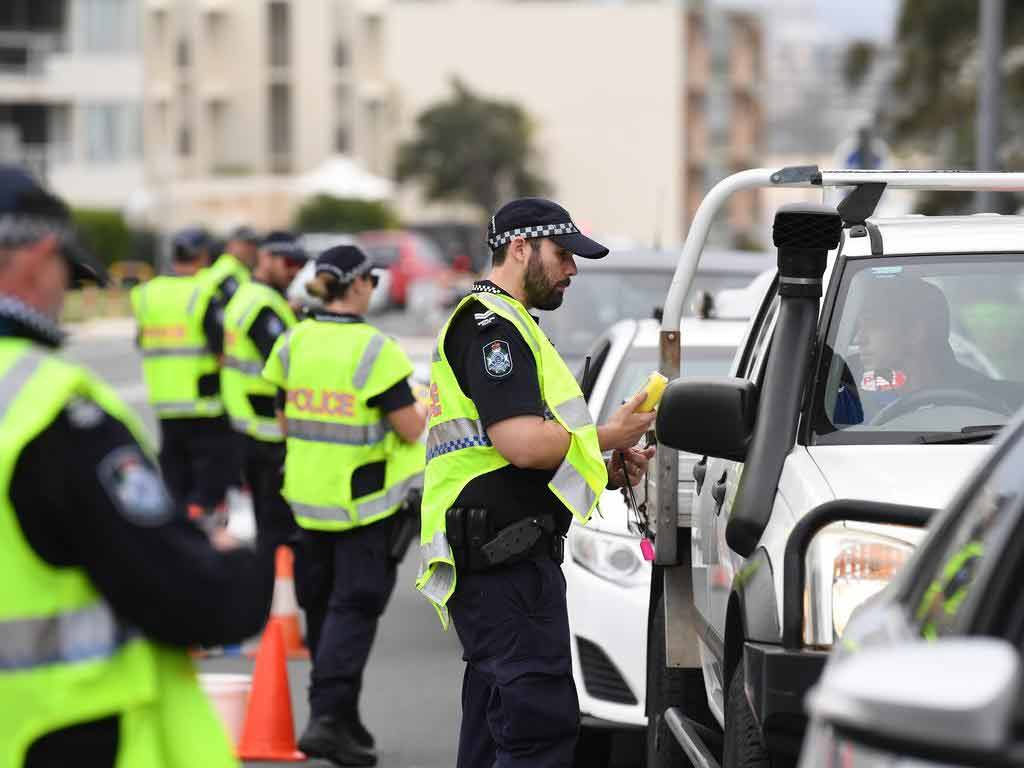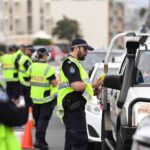Random Breath Test Locations: Overview of RBT Sites in Australia
02 May, 2024

Across Australia, authorities strategically plan the placement of Random Breath Test (RBT) sites. They cover different regions to strengthen drink driving laws and enhance road safety measures. Additionally, police officers adhere to legal mandates, ensuring that they follow proper procedures and safeguard the confidentiality of test results. Moreover, motorists encountering these random breath test locations must provide a breath sample for analysis. However, failing the test can result in penalties.
Alcohol impairs cognitive functions and motor skills, leading to reckless driving. Even small amounts compromise reaction times, coordination, and judgment. Furthermore, alcohol decreases attention, ability to assess situations, and decision-making, leading to risky behaviours on the road. Therefore, implementing measures such as RBT can be highly effective in deterring and identifying drink drivers. This article will offer information on RBT test locations in Australia, including legal requirements and expectations for drivers undergoing the test.
Overview of Random Breath Test Locations in Australia
Random breath test locations in Australia are strategically scattered across the country to enforce drink driving laws and ensure road safety. Additionally, police officers employ RBTs as a proactive measure to deter people from Driving Under the Influence (DUI) of alcohol. These locations often include major highways, urban streets, and popular nightlife areas where instances of drink driving are likely to occur.
The selection of RBT locations is based on data analysis and past incidents of drink driving. Police authorities collaborate with traffic management teams to identify high-risk areas and allocate resources accordingly. This proactive approach helps to maximise the effectiveness of RBT operations. Moreover, the visibility of RBT checkpoints serves as a deterrent, discouraging people from engaging in dangerous driving.
The process of RBT starts with roadside testing, where police officers ask drivers to provide a breath sample for analysis using breathalyser devices. This analysis swiftly determines their Blood Alcohol Concentration (BAC) to check if they are within the legal limit. Exceeding this limit is considered a serious traffic offence, and those found over it may face penalties.
Importance of RBT Locations
- RBT locations in Australia discourage drivers from drinking while driving by the chance of getting caught.
- They lower the number of accidents caused by drink driving by catching potential offenders before they cause harm.
- Authorities ensure drivers follow laws against drink driving, making roads safer for everyone.
- RBT locations raise awareness about the dangers of drink driving, reminding people to make responsible choices.
- They help enforce drink driving laws, ensuring consequences for those who break them.
- By strategically placing RBT locations based on traffic history and data from speed cameras, authorities optimise resources to catch drink drivers.

Legal Requirements for Random Breath Test Locations
In Australia, law enforcement agencies have the authority to conduct RBT under specific legislation. The criteria for selecting random breath test locations are outlined in these laws. They often consider factors like high traffic volume, areas with a history of accidents, and locations where drink driving incidents are more prevalent.
Additionally, strict procedures are in place for administering random breath testing to drivers. These procedures include proper handling of breath test equipment, protocols for obtaining specimens of breath, and guidelines for ensuring accuracy. Moreover, legal requirements prioritise the protection of the privacy and rights of the testee. Provisions are in place for obtaining consent, maintaining the confidentiality of test results, and upholding due process.
Furthermore, regulatory agencies closely monitor compliance with RBT laws, overseeing enforcement activities and ensuring adherence to legal standards. Law enforcement officers responsible for conducting RBTs must undergo training and certification. Penalties exist for non-compliance, including sanctions for failing to conduct tests, improper testing procedures, or violating privacy or rights.
Prescribed Periods for Conducting RBTs
Law enforcement agencies have specific times when they need to conduct RBT. They chose these periods based on research and data that indicate when drink driving is more likely to occur. For example, they might focus on weekends, evenings, or during special events like holidays when people tend to drink more.
Without designated times for RBTs, police officers might miss opportunities to deter drink driving effectively. This lack of structure could lead to inconsistent enforcement practices across different regions or times of the year. Additionally, there may be a risk of overlooking emerging trends or patterns in drink driving behaviour.

What to Expect in a Random Breath Test Location?
When a driver encounters a random breath test location, they can expect a few standard procedures. First, they will notice a designated area where police officers conduct breath tests on drivers to check for alcohol levels. Typically, these locations are on roadsides or at sobriety checkpoints.
As drivers approach the test location, police officers will direct them to pull over to a designated area. Here, officers will likely ask drivers to stay in their motor vehicle while an officer explains the testing process. This typically involves blowing into a breathalyser device. The aim is to quickly and straightforwardly ensure road safety by identifying drivers who may be under the influence of alcohol.
After completing the alcohol breath test, officers will give drivers immediate feedback on the results. If the test shows a BAC below the legal limit, officers typically let them continue their journey. However, if the test indicates a higher concentration, law enforcement may take further steps, like giving additional tests or starting legal proceedings.
Penalties and Fines
Failing an RBT carries significant penalties. Typically, these include fines ranging from $250 to $550, licence suspension, and even imprisonment, depending on the severity of the offence. The specific penalties vary between states and territories, but they are uniformly strict to discourage drink driving and protect public safety.
In addition, failing an RBT can result in the loss of driving privileges. This means the driver may have their licence suspended or cancelled, making it illegal for them to operate a vehicle. Moreover, repeat offenders often face harsher penalties, including longer licence suspensions and higher fines.
Conclusion
In conclusion, random breath test locations in Australia are strategically in place to enforce drink driving laws and enhance road safety. These sites typically focus on areas with high traffic volume and a history of accidents or drink driving instances. RBT operations serve as a proactive deterrent. Trained officers follow strict legal procedures to ensure accuracy and protect the rights of the testee. Regular monitoring ensures compliance with RBT laws.
Encountering an RBT involves simple procedures. Officers direct drivers to a specific area. Drivers stay in their vehicles while officers explain the test. After blowing into a breathalyser, drivers get immediate feedback. Failed results lead to penalties like fines, licence suspension, or jail time, depending on the offence. Penalties vary by location and how serious the offence is. These measures aim to stop drink driving and keep people safe, showing how serious it is to drive under the influence.






























